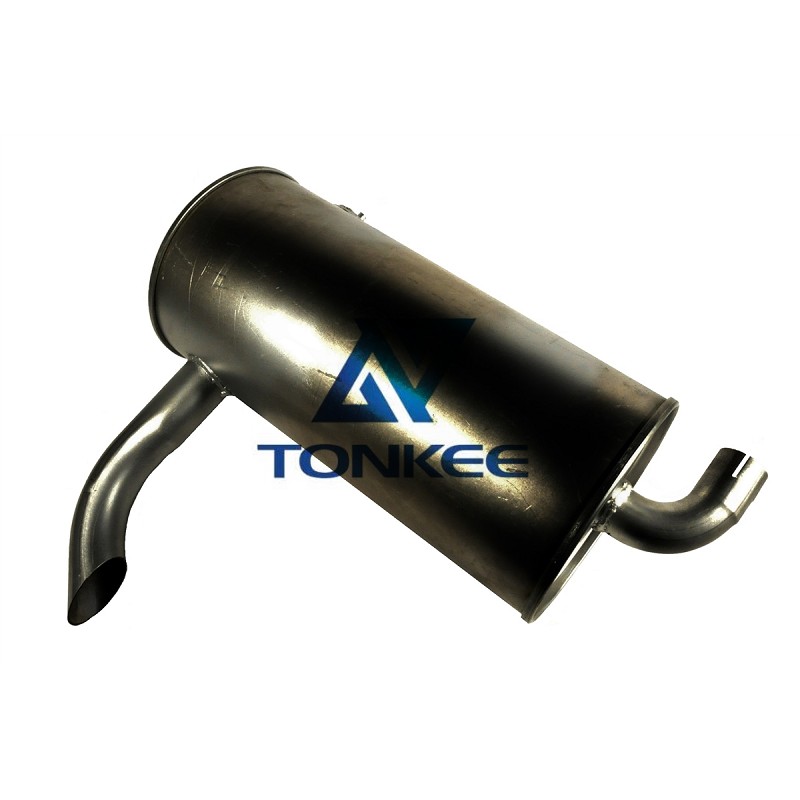
Hot sale HITACHI EX100-2 EX100-3 SERIES EXHAUST MUFFLER BOX | Tonkee®
HITACHI EX100-2 EX100-3 SERIES EXHAUST MUFFLER BOX | Tonkee®
The design of the muffler box also takes into consideration the need for proper exhaust flow. It is engineered to maintain the back pressure within acceptable limits, ensuring that the engine operates efficiently. Proper back pressure management is essential for optimizing engine performance and fuel efficiency.
The design of the muffler box also takes into consideration the need for proper exhaust flow. It is engineered to maintain the back pressure within acceptable limits, ensuring that the engine operates efficiently. Proper back pressure management is essential for optimizing engine performance and fuel efficiency.

